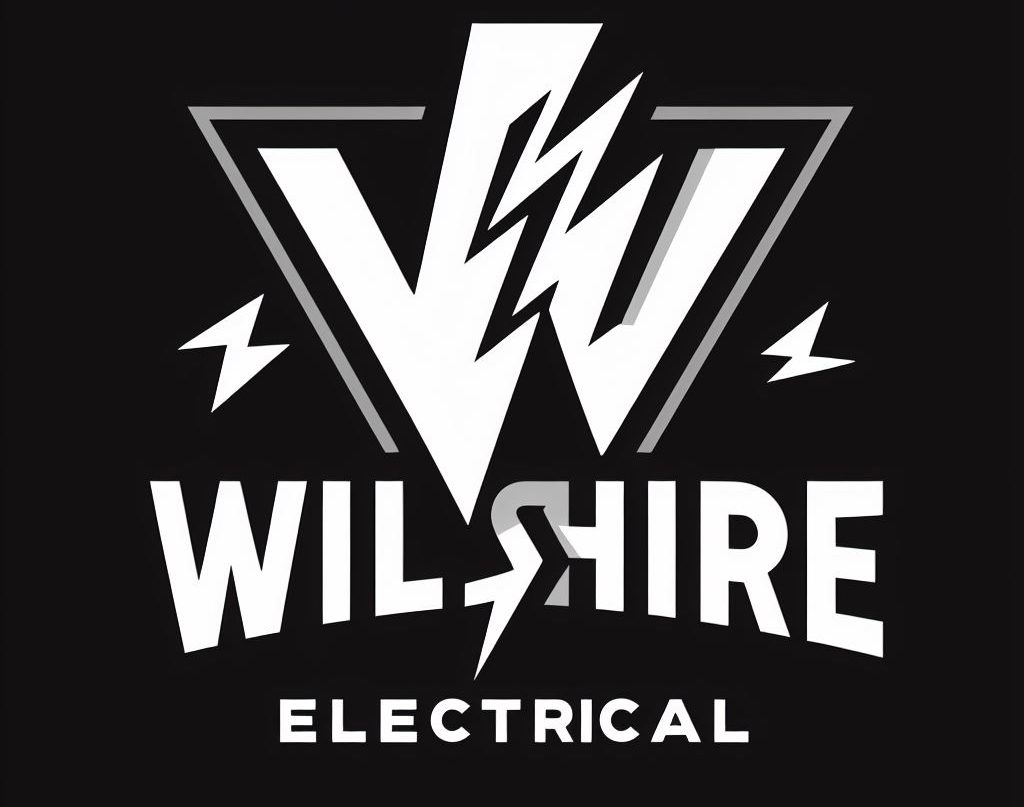
Have you ever wondered what it would be like to control your entire home with just a few taps on your smartphone? Well, I certainly have. As a tech enthusiast and homeowner, the world of home automation has always fascinated me. In this article, we will be diving into the battle of titans in the home automation arena, comparing the top contenders. So, get ready to unleash the power of smart technology and discover which platform reigns supreme in this quest for a seamless and intuitive smart home experience.
SmartThings: The Ultimate Home Automation Hub
SmartThings is a versatile and powerful home automation hub that offers extensive compatibility and seamless integration with various smart devices. When it comes to automation capabilities, SmartThings holds its ground against HomeKit. While HomeKit boasts a simple and user-friendly design, SmartThings excels in its ability to support a wide range of brands, making it a top choice for those with diverse smart devices. On the other hand, SmartThings competes fiercely with Amazon Alexa in the battle of voice-controlled automation. Both platforms offer intuitive voice controls and fantastic automation power, but SmartThings stands out with its extensive compatibility and wider range of supported devices. Overall, SmartThings proves to be the ultimate home automation hub, excelling in both automation capabilities and voice-controlled automation compared to HomeKit and Amazon Alexa.
Home Assistant: Revolutionizing Home Automation Performance
Home Assistant truly revolutionizes home automation performance, offering unparalleled flexibility and control over smart devices. With its revolutionary connectivity options, Home Assistant allows for seamless integration with over 1000 different APIs, making it compatible with a wide range of smart devices. This level of compatibility ensures that users have the freedom to choose the devices that best fit their needs, without being limited by brand or technology.
Additionally, Home Assistant is dedicated to maximizing energy efficiency. By providing users with detailed insights and control over their energy consumption, Home Assistant empowers individuals to make informed decisions about their energy usage. From scheduling lights and thermostats to monitoring energy usage in real-time, Home Assistant puts the power of energy efficiency directly into the hands of its users. With its revolutionary connectivity and commitment to maximizing energy efficiency, Home Assistant is truly pushing the boundaries of what home automation can achieve.
HomeKit: Simplifying Home Automation for Apple Users
As an avid Apple user, I have found that HomeKit simplifies home automation by offering a user-friendly interface and seamless control over smart devices. The simple and user-friendly design of HomeKit makes it easy to navigate and set up automations. With HomeKit, I can control my smart devices directly from my iPhone, iPad, and Apple Watch, making it incredibly convenient. However, it is important to note that HomeKit does have its limitations and challenges. One limitation is that it requires HomeKit-certified devices, which may limit the compatibility of certain smart devices. Additionally, there have been some challenges with automations involving unlocking doors, as HomeKit prioritizes security. Despite these limitations, HomeKit’s integration with the Apple ecosystem makes it a powerful tool for simplifying home automation for Apple users.
Amazon Alexa: Unleashing Voice-Controlled Home Automation
I must say, Amazon Alexa has truly unleashed the power of voice-controlled home automation. With its intuitive voice controls, I can effortlessly control my smart home devices just by speaking. Exploring the capabilities of Amazon Alexa has been an exciting journey, and I’ve discovered some amazing features. Here are three things that have impressed me the most:
- Seamless Integration: Amazon Alexa works with a wide range of smart home devices, making it easy to create a unified and connected home automation system.
- Powerful Automation: The Alexa app offers fantastic automation power, allowing me to create custom routines and schedules for my smart devices.
- Versatility: Alexa can do so much more than just control my home. From playing music and providing weather updates to answering questions and ordering groceries, Alexa has become an indispensable part of my daily life.
Google Home: Harnessing the Power of the Google Ecosystem in Home Automation
And let me tell you, Google Home has truly harnessed the power of the Google ecosystem in home automation. With its seamless integration of smart devices in the Google ecosystem, Google Home takes home automation to a whole new level. But it doesn’t stop there. Google Home also works hand in hand with Home Assistant, unlocking the full potential of home automation with extensive API integration. This means that you can connect Google Home to over 1000 different APIs, allowing you to control a wide range of devices and services with ease. From lights and thermostats to music and security cameras, Google Home and Home Assistant make it possible to create a fully connected and automated home that responds to your every command.
Smartthings Vs. Home Assistant: Which Titans Reign Supreme in Home Automation
When it comes to home automation, SmartThings and Home Assistant are two titans that battle for supremacy. So, which platform offers better security: SmartThings or Home Assistant? SmartThings boasts a secure infrastructure and implements robust security measures to protect user data and devices. Home Assistant, on the other hand, runs locally, providing faster and more secure performance. As for the comparison of integration capabilities and device compatibility, both platforms excel. SmartThings supports a wide range of brands and offers an intuitive user interaction on its app. Home Assistant integrates with over 1000 different APIs, supports various protocols like Zigbee, Z-Wave, Bluetooth, and soon with Matter, and even works with voice control through Amazon Alexa and Google Assistant. Ultimately, the choice between SmartThings and Home Assistant depends on individual preferences and specific automation needs.
Homekit Vs. Amazon Alexa: Battle of the Giants in Home Automation
As a home automation enthusiast, I am excited to delve into the battle of the giants: Homekit vs. Amazon Alexa. These two giants represent the future of voice-controlled home automation, each with their own unique strengths and features.
| Homekit | Amazon Alexa |
|---|---|
| Simple and user-friendly design | Intuitive voice controls |
| Improvements in automation power | Fantastic automation power through the Alexa app |
| Requires HomeKit-certified devices | Everything works with Alexa |
| Control from iPhone, iPad, and Apple Watch | An app may not be as user-friendly |
| Some limitations with automations involving unlocking doors | Limited video service |
Homekit, with its simple and user-friendly design, offers improvements in automation power. It requires HomeKit-certified devices and allows control from Apple devices like iPhone, iPad, and Apple Watch. However, it has some limitations when it comes to automations involving unlocking doors.
On the other hand, Amazon Alexa provides intuitive voice controls and fantastic automation power through the Alexa app. It works with a wide range of devices, making it compatible with almost everything. Although its app may not be as user-friendly and it has limited video service options, Amazon Alexa is a strong contender in the battle of the giants.
When it comes to choosing the right hub for your smart home, it’s important to consider your specific needs and preferences. Both Homekit and Amazon Alexa offer unique features and capabilities, so it’s essential to evaluate which one aligns best with your requirements.
Google Home Vs. Smartthings: a Clash of Titans in Home Automation
Can Google Home compete with SmartThings in the battle of titans in home automation? Let’s compare their automation capabilities and see how they stack up against each other.
- SmartThings:
- Offers the most support across brands, ensuring compatibility with a wide range of devices.
- Provides an intuitive user interaction on the app, making it easy to set up and control automation.
- Excels in automation with fantastic features that allow for complex routines and scenarios.
- Google Home:
- Integrates seamlessly with the Google ecosystem and Nest devices, enhancing the overall smart home experience.
- Boasts a user-friendly Google Home app with intuitive navigation, simplifying the creation and management of automations.
- Allows for the expansion of compatible devices with the upcoming launch of Matter, promising a wider array of options for users.
Both Google Home and SmartThings have their strengths, and the choice ultimately depends on the user’s preferences and specific automation needs.
Home Assistant Vs. Homekit: the Battle for Home Automation Supremacy
For this comparison, I’ll be discussing the battle between Home Assistant and Homekit in the quest for home automation supremacy. In the world of smart home automation, these two platforms are often pitted against each other. While Homekit boasts a simple and user-friendly design, Home Assistant offers a faster and more secure performance by running locally. Homekit requires HomeKit-certified devices, whereas Home Assistant integrates with over 1000 different APIs, making it compatible with a wide range of devices. Additionally, Home Assistant supports voice control with Amazon Alexa and Google Assistant, giving users more options for controlling their smart home. Ultimately, the battle between Home Assistant and Homekit comes down to personal preference and the specific needs of each user.
Unleashing the Power of Home Automation: Comparing the Titans
In my experience, I have found that when comparing the titans of home automation, it is essential to understand the capabilities and limitations of each platform. Here are three key points to consider:
- SmartThings vs. HomeKit: A Comparison of User-Friendly Interfaces:
- SmartThings offers a highly intuitive user interaction on its app, allowing for easy control and automation of smart devices. However, it is not compatible with Siri voice commands. Additionally, SmartThings can be quite pricey when it comes to equipment.
- HomeKit, on the other hand, boasts a simple and user-friendly design, allowing for easy control from Apple devices. It has improved in terms of automation power. However, it requires HomeKit-certified devices, which may limit its compatibility with certain third-party devices.
- Home Assistant vs. Google Home: Which Offers Better Integration with Third-Party Devices:
- Home Assistant runs locally for faster and more secure performance. It integrates with over 1000 different APIs and supports voice control with Amazon Alexa and Google Assistant. It works with various technologies, including Zigbee, Z-Wave, Bluetooth, and soon with Matter.
- Google Home, on the other hand, offers integration with the Google ecosystem and Nest devices. It has a user-friendly app with intuitive navigation and allows for the easy creation of automations through starters and actions. With the anticipated launch of Matter, Google Home is expected to expand its compatibility with a wider range of devices. It also offers the ability to control smart home devices and go beyond home automation with IFTTT.










